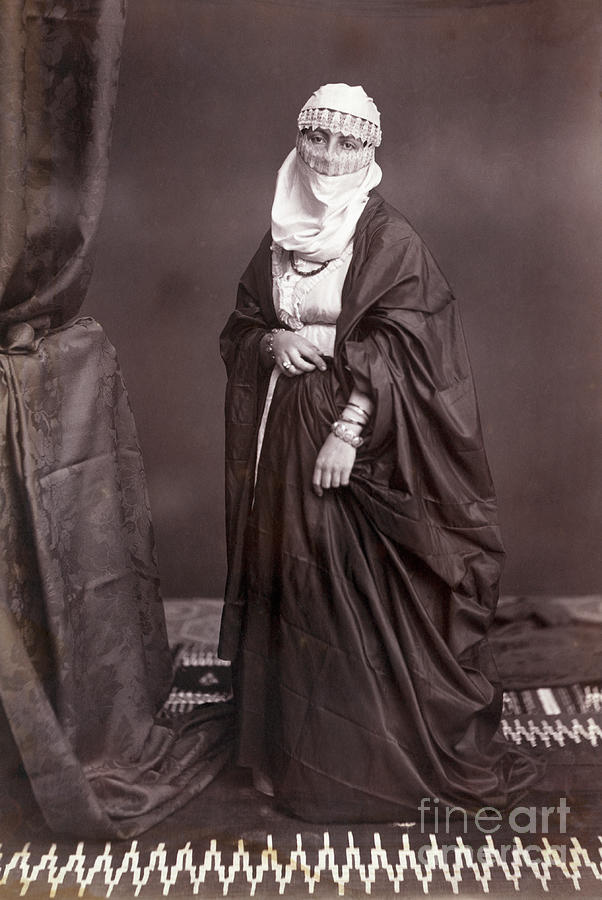Revealing the Rich Heritage of Eastern Style
Exploring the detailed tapestry of Eastern fashion introduces a world where practice satisfies development, and workmanship intertwines with cultural symbolism. From the extravagant silks of old dynasties to the complex needlework of nomadic tribes, each garment narrates that transcends time and boundaries, echoing the rich heritage and imaginative legacy of the East. As we peel back the layers of history and tradition, an interesting trip waits for, deciphering the tricks behind the exciting allure and enduring impact of Eastern style on the global stage.
Beginning of Eastern Style

In Mesopotamia, for example, the Sumerians and Babylonians created garments utilizing wool, leather, and linen, embellished with detailed patterns and precious jewelry. Old Egyptians are renowned for their advanced weaving skills and making use of lightweight, breathable materials like bed linen. Chinese style emphasized the relevance of color meaning and elaborate needlework strategies, while Indian clothes included vibrant shades, elegant textiles like silk and cotton, and fancy drapery designs such as the saree.
These old civilizations not only influenced each various other but likewise led the way for the varied and culturally rich tapestry that is contemporary Eastern fashion. Through centuries of development, Eastern fashion continues to prosper, mixing practice with modern-day impacts to develop timeless and unique styles.
Social Impacts and Practices
Attracting from centuries-old custom-mades and beliefs, cultural impacts and customs play an essential function in shaping the essence of Eastern style (eastern wear pakistan). The abundant tapestry of cultures across Eastern areas such as Asia, the Middle East, and Africa has heavily affected the garments styles, shades, textiles, and creates that are common in Eastern fashion today
In countries like India, Japan, and China, typical garments like kimonos, cheongsams, and sarees continue to hold significant social relevance and are frequently adorned with elaborate embroidery or symbolic patterns that reflect ingrained beliefs and worths. Similarly, in Center Eastern countries, the flowing kaftans and abayas worn by males and females not just function as small outfit but likewise reflect the region's social heritage and Islamic customs.
In addition, using details colors like red forever luck in Chinese culture or complex geometric patterns motivated by Islamic design better exemplify exactly how social influences materialize in Eastern style - eastern wear pakistan. By honoring and protecting these social impacts and traditions, this content Eastern style proceeds to evolve while staying real to its abundant heritage
Evolution of Eastern Apparel
Over time, Eastern garments have undertaken significant changes, mirroring a mix of tradition and modernity in their style and design. Traditional Eastern garments such as the saree, robe, hanbok, and salwar kameez have advanced to include contemporary elements while protecting their social significance.
One remarkable evolution is my site using cutting-edge materials and strategies in Eastern garment building. Conventional handwoven fabrics like silk and cotton have actually been enhanced with modern-day products such as polyester and blends, offering increased sturdiness and simplicity of care. Furthermore, improvements in printing modern technologies have actually allowed complex patterns and styles to be integrated into Eastern garments with precision and detail.
Moreover, changes in silhouette and customizing have actually updated Eastern clothes, making them a lot more suitable and functional for varied events. Conventional dress codes have loosened up, permitting testing with styles, colors, and decorations. This development has not only made Eastern garments extra obtainable and enticing to a worldwide audience but has also guaranteed their proceeded significance in contemporary style landscapes.
Meaning in Eastern Clothes
Exploring the deep-rooted cultural importance woven into Eastern attire introduces an abundant tapestry of meaning and custom. Eastern garments are often imbued with symbols that mirror the user's societal condition, spiritual beliefs, and cultural identity.
In addition, specific garments hold symbolic definitions. Its layout, material, and also the way it is used all carry deep social significance.

Impact of Eastern Style Today

The incorporation of Eastern components in Western style has actually resulted in a fusion of designs that accommodate diverse preferences and choices (eastern wear pakistan). Designers commonly draw inspiration from Eastern shapes, fabrics, and patterns, developing one-of-a-kind and innovative items that mix standard and modern aesthetic appeals. This cross-cultural exchange has not only revitalized the apparel industry yet also promoted a deeper admiration for Eastern heritage and craftsmanship
Additionally, the surge of digital platforms and social media has actually additionally intensified the influence of Eastern fashion, enabling brand names and designers to reach a bigger target market and display their cultural heritage to the globe. Through collaborations, style programs, and online projects, Eastern style remains to grow and evolve in today's dynamic and interconnected global landscape.
Conclusion
To conclude, the rich heritage of Eastern style is a testimony to the cultural influences, detailed workmanship, and profound symbolism installed in each garment. From old navigate here worlds to modern-day interpretations, Eastern style remains to captivate with its special mix of practice and technology. The effect of Eastern style today functions as a tip of the classic beauty and creative expression that have made it an international sensation commemorated for its rich social heritage.
Checking out the complex tapestry of Eastern style unveils a globe where practice meets innovation, and workmanship intertwines with social meaning.The enduring meaning and social significance embedded in Eastern clothes continue to form and affect the modern effect of Eastern style today. Eastern style has gone beyond boundaries, coming to be an international sensation embraced by designers, celebs, and fashion lovers worldwide.In conclusion, the abundant heritage of Eastern style is a testament to the social influences, elaborate craftsmanship, and profound significance installed in each garment. The impact of Eastern style today offers as a reminder of the classic beauty and imaginative expression that have actually made it an international phenomenon commemorated for its abundant cultural heritage.